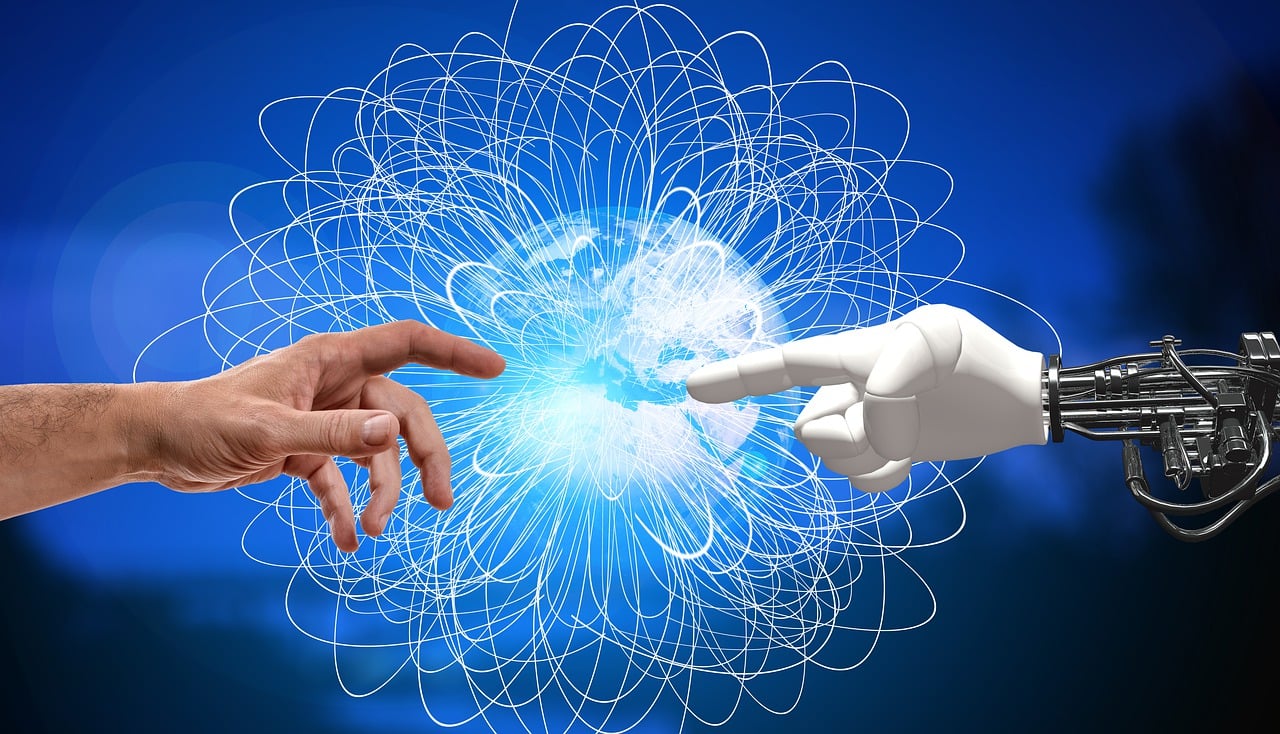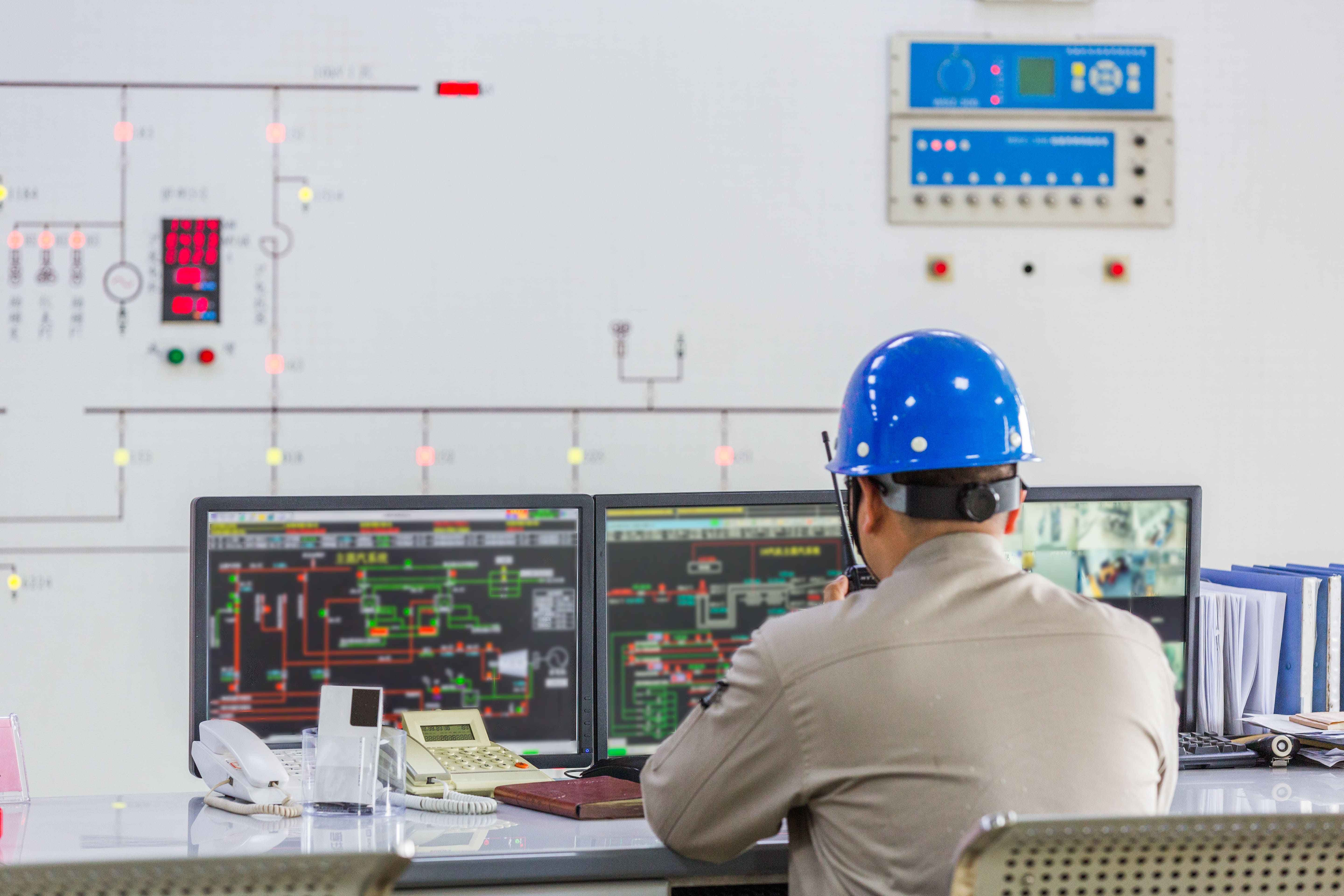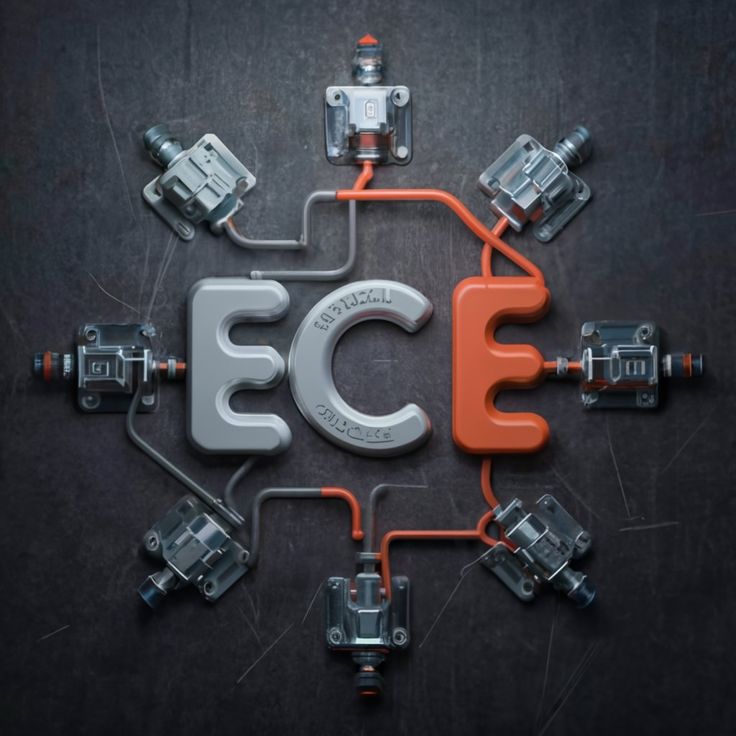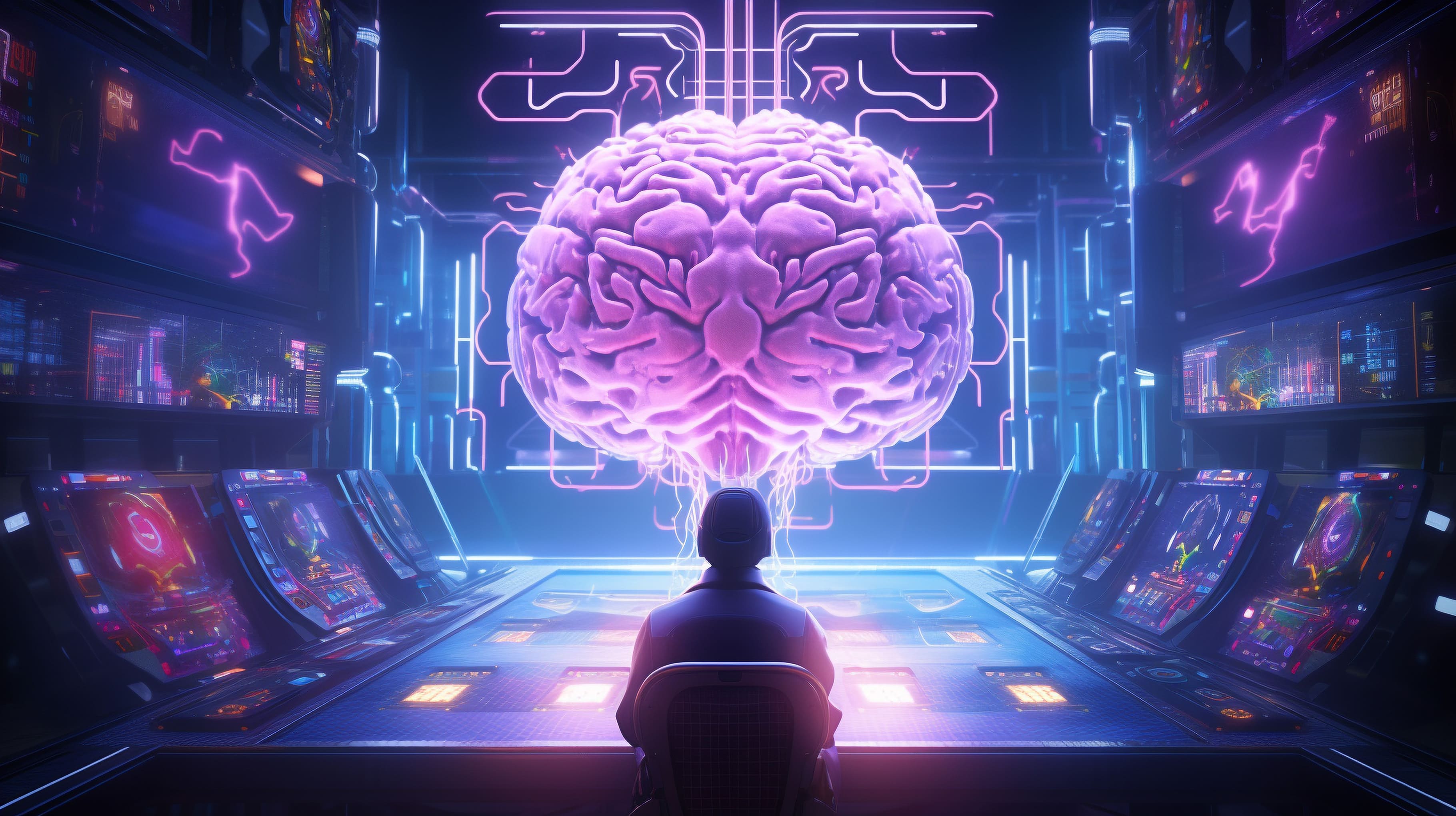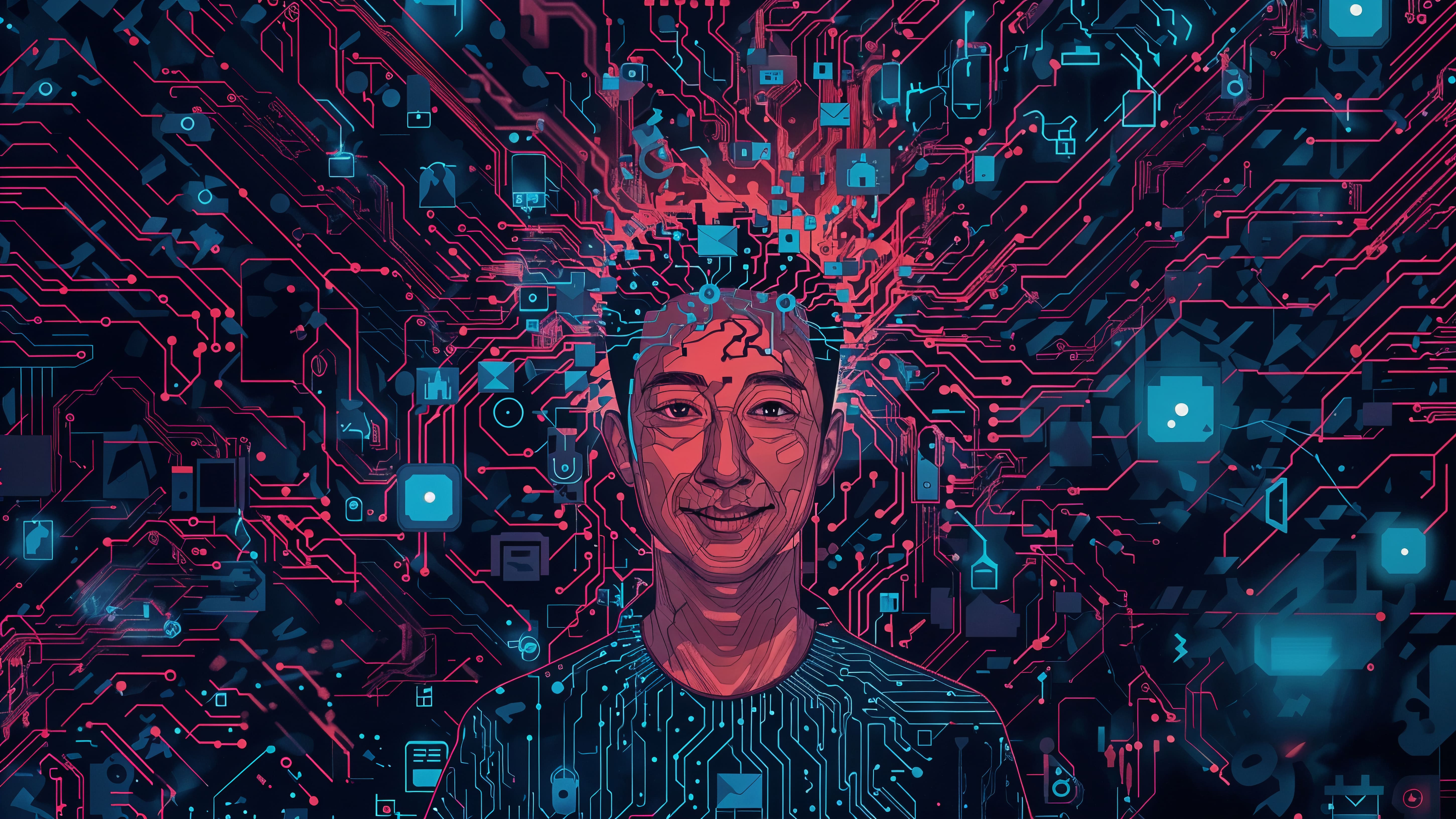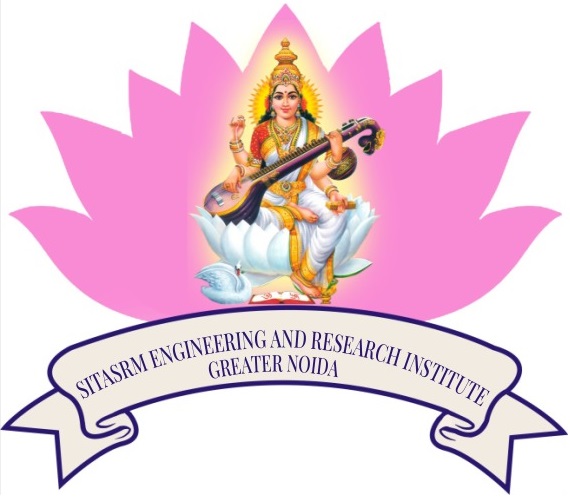 SITASRM ENGINEERING & RESEARCH INSTITUTE
SITASRM ENGINEERING & RESEARCH INSTITUTE
 SITASRM ENGINEERING
SITASRM ENGINEERING & RESEARCH INSTITUTE

SITASRM ENGINEERING & RESEARCH INSTITUTE
Menu
Unlocking Deep Learning's Potential: A Dive into Advanced Optimizers
Introduction to Deep Learning
Deep learning models are incredibly powerful. They can recognize images, understand language, and make complex predictions. But how do these intelligent systems learn to perform such feats? The answer lies in a crucial process called optimization. This is the method by which a neural network finds the best possible set of internal settings (called weights and biases) to accurately perform its task.
Imagine you're trying to find the lowest point in a vast, undulating landscape. This lowest point represents where your deep learning model makes the fewest errors. To reach it, the model must intelligently adjust its parameters. This journey of adjustment, guided by mathematical techniques, is what optimization is all about. For anyone building AI systems, understanding these techniques is fundamental.
Navigating the Error Landscape
Every deep learning model has a loss function. This function quantifies how "wrong" the model's current predictions are. A higher loss means more errors; a lower loss means better performance. Our primary goal during training is to minimize this loss.
To minimize the loss, we rely on the gradient. Think of the gradient as a sophisticated compass. It doesn't just point anywhere; it points in the direction of the steepest ascent (uphill) on our error landscape. To reduce errors, we need to move in the opposite direction – downhill. This principle forms the basis of all gradient-based optimization.
However, this "landscape" is rarely smooth. It's often filled with complex terrain. It can feature local minima, which are like small dips where the model might get stuck, mistaking them for the true lowest point. There are also saddle points, which are flat regions where the gradient is near zero, making it hard for the model to decide which way to move next. Getting stuck in these areas means the model won't learn as effectively as it could.
Beyond Basic Gradient Descent: The Need for Smarter Steps
The simplest optimization method is Gradient Descent (GD). With GD, the model takes small, fixed-size steps directly opposite the gradient. While straightforward, GD has significant limitations. It can be agonizingly slow, especially with large datasets or complex models. More importantly, its fixed step size and direct descent path make it highly susceptible to getting trapped in those undesirable local minima or crawling slowly across saddle points.
This is precisely why advanced optimizers were developed. They act as "smarter compasses" or "intelligent navigators." They enhance basic gradient descent by adjusting the step size dynamically, factoring in past movements, or even accelerating in certain directions. Their goal is to help models converge faster and find better solutions by skillfully avoiding the training hurdles.
Meet the Smart Optimizers: Your Deep Learning Navigators
Let's delve into some of the most widely used and effective advanced optimizers:
-
SGD with Momentum:
-
Intuition: Imagine a ball rolling down a hill. It gains momentum as it moves. This momentum helps it roll past small bumps or shallow valleys (local minima) that might otherwise stop it.
-
How it works: This optimizer incorporates a fraction of the previous update step into the current one. This helps accelerate training in consistent directions and smooths out oscillations, leading to faster convergence and better escape from local traps.
-
AdaGrad (Adaptive Gradient):
-
Intuition: Think of it as adapting the "zoom level" of your map for different terrains. For frequently visited, flat areas, you zoom out (take smaller steps). For less explored, steeper areas, you zoom in (take larger steps).
-
How it works: AdaGrad adaptively sets a unique learning rate for each parameter. Parameters associated with frequent features (larger gradients) get smaller updates, while those with rare features (smaller gradients) get larger updates. This is particularly effective for models handling sparse data (data with many zero values). A drawback is that its learning rate can decay too aggressively over time.
-
RMSprop (Root Mean Square Propagation):
-
Intuition: This optimizer is like a "smart average" of recent terrain steepness. It only cares about recent history, preventing the learning rate from diminishing too rapidly like AdaGrad.
-
How it works: RMSprop uses a moving average of squared gradients to normalize the learning rate. This helps prevent the learning rate from shrinking prematurely. It's known for its robust performance, especially in recurrent neural networks (RNNs) and other sequence models.
-
Adam (Adaptive Moment Estimation):
-
Intuition: Adam combines the best features of Momentum and RMSprop. It's like having a ball that not only gains momentum but also adjusts its "stride length" based on how consistently it's moving in a certain direction.
-
How it works: Adam calculates adaptive learning rates for each parameter by tracking both the exponentially decaying average of past gradients (like Momentum) and the exponentially decaying average of squared past gradients (like RMSprop). Its effectiveness and ease of use make it a go-to optimizer for a wide range of deep learning tasks.
Why These Optimizers Matter for Aspiring Engineers
Mastering these advanced optimizers offers significant advantages in building real-world AI systems:
-
Faster Training: Complex models that once took days can now be trained in hours or minutes, drastically speeding up your development cycle.
-
Superior Performance: By navigating the loss landscape more effectively, these optimizers help models achieve lower error rates and higher accuracy, leading to better solutions.
-
Overcoming Training Hurdles: They are your key tools for bypassing stubborn local minima and saddle points, ensuring your models don't get stuck in suboptimal states.
-
Computational Efficiency: For large-scale datasets and intricate neural networks, efficient optimization directly translates to reduced computational resources and costs.
Choosing the Right Optimizer and Beyond
There's no universal "best" optimizer that works perfectly for every single problem. The ideal choice often depends on the specific characteristics of your dataset, the architecture of your neural network, and the nature of the task at hand.
A common practice is to start with Adam. Its robust nature and generally good performance make it an excellent default for many deep learning projects. However, don't hesitate to experiment! Try SGD with Momentum or RMSprop. Explore learning rate schedules like cosine decay or warm-up techniques, which dynamically adjust the learning rate during training. Fine-tuning these parameters is often crucial for squeezing out the last bits of performance.
Your Path Forward
Optimization is not just a theoretical concept; it's a practical cornerstone of deep learning engineering. Understanding these advanced techniques is vital for anyone looking to build, deploy, and refine efficient and effective AI systems. Experiment with them in your projects, observe their impact, and see firsthand how they transform your models' learning capabilities. The journey of exploration and innovation in AI is always rewarding.
You can learn all of this with our B.Tech program CSE (AI/ML) at SITASRM Engineering and Research Institute. Admissions are open; book your slot today!
 (1).jpg)






